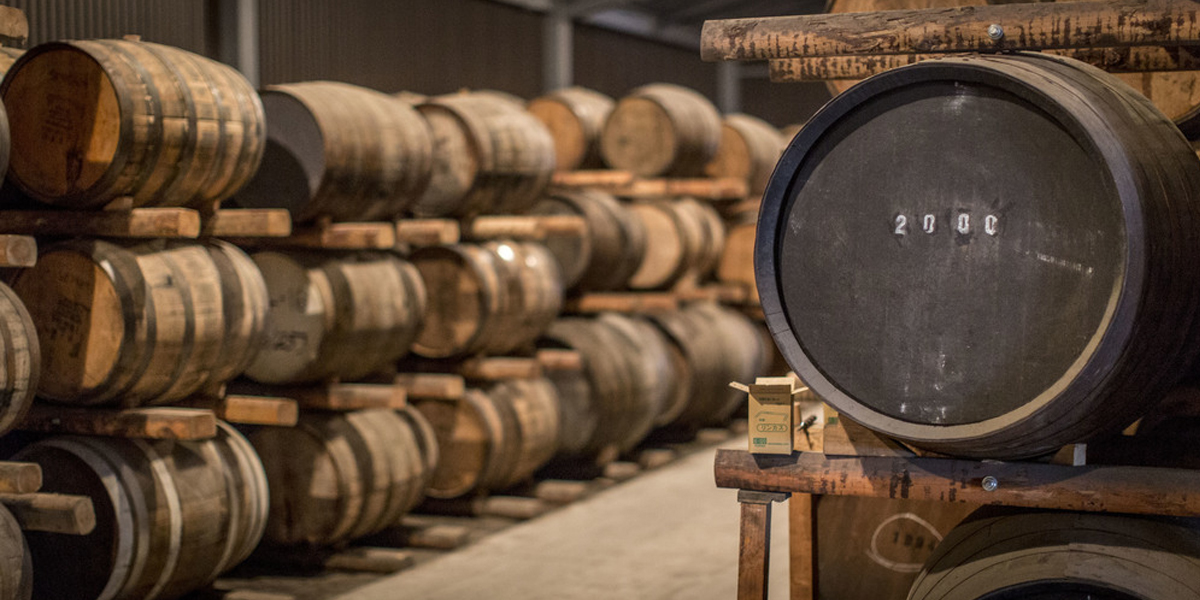No matter how you look at it, at the moment, the Japanese whisky world is facing an insurmountable wall. Simply put – well aged Japanese Scotch is running out.
Do a little search on Google, visit a few liquor shops in Tokyo and Osaka, ask around, and in no time you will understand. The leading bottles of the movement, those bottles that have propelled Japanese whisky from its past unsung status to its current position as a globally-renowned, high-quality whisky, are running out, and marking a temporary “death” of the great Japanese whiskies we all know and love.
You already know the ones we are talking about. It’s the Yamazaki 12, and the 18 year-old, the Hibiki 12, 17, and 21 year-old, the Yoichi Single Malt 15, and 20 year-old. And that’s just a few of the bottles that are disappearing.
While this upcoming aged whisky drought can be seen in the Scotch industry as well, it’s nowhere near as close and severe as what’s happening in Japan. And the reason is simple:
Japanese distilleries simply didn’t expect this huge boom to happen. Japan has always been a closed, introvert island nation, and the great distillers of the past always believed they were creating whisky solely for the Japanese population.
Shinjiro Torii of Suntory wanted to create whisky different from Scotch, for the tastes of the Japanese population. Masataka Taketsuru, who established the Yoichi distillery and the Nikka brand, always aimed to create strong-flavoured, intense whiskies similar to Scotch. Yet, seeing that this taste wasn’t well-received by the Japanese, Taketsuru put no whisky into casks for two whole years during one period several decades ago.No one expected the steep rise in popularity of Japanese whisky to happen both in Japan and across the globe, and distillers have been caught off guard. The numerous international awards and recognition Japanese whisky has received over the past two decades has only added to this increase of demand. It now looks as though the market will suffer greatly from those periods during which a limited amount of whisky was put into cask.
The aforementioned best-selling releases are becoming scarcer and distributors and distilleries are being extremely careful with the amount they distribute. For this reason, most online and normal retailers have starting limiting sales to one bottle per person, this is the case for almost every liquor store in Tokyo.
What’s more, prices have surged greatly in just several years, and the Yamazaki 12 year-old is selling for almost double what it was priced at just 5 years before.
Japanese Scotch – A Ray of Hope
While this doesn’t change much right now, the distillers didn’t make the same mistake twice. Japanese whisky fans can rest easy knowing that in about 5 years, aged releases are expected to become readily available once more. Around 10-15 years ago when Japanese whisky was starting to explode globally, distillers filled up more than enough barrels to cater to the future “thirst” of fans throughout the globe.
So, in a few more years, well-aged releases should be more accessible than they are at the moment. In terms of cost, however, the high quality and luxurious image of Japanese whisky will only see prices rise, and as no-age-statement whiskies presently become the norm in Japanese whisky-drinking scene (one of the solutions to the aforementioned aged-whisky scarcity) aged whiskies will only rise in value in the near future
No matter how you look at it, the best-known and most popular aged Japanese whiskies will only rise in price.
However, at least 5 years from now you will be able to get your hands on a bottle of Yamazaki 18 year-old much easier than you can now. There is a time, in the near future, when all the great aged Japanese whiskies will be readily available once more. While this rise in popularity and demand of Japanese whisky is very positive, it’s a shame no one was prepared enough to meet the demand of fans worldwide. Now we all just have to wait patiently for the whisky in the barrels to mature and deepen.
Stay tuned for an upcoming article on “The Revival of Japanese Whisky” where we will discuss what methods and ideas are being tried in the industry at the moment to help fans through the rapidly approaching drought of popular aged Japanese whisky releases.
Published: May 24, 2017Author: George Koutsakis
